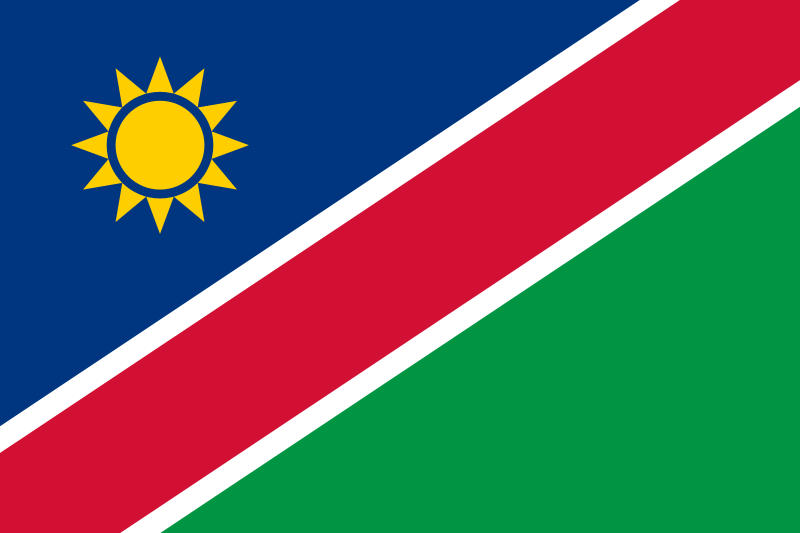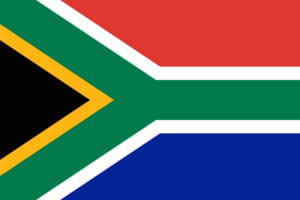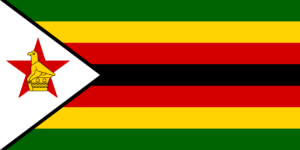Namibia: Cabinet Directive Pushes Solar Water Heater Market
May 28, 2013
Namibia is – besides Mozambique, South Africa and Zimbabwe – one of the partner countries of the Southern African Solar Thermal Training and Demonstration Initiative (SOLTRAIN). The project, which is sponsored by the Austrian Development Agency (ADA), supports the implementation of solar thermal technology in the four above-mentioned countries. In Namibia, the project coordinator is the REEEI, the Renewable Energy and Energy Efficiency Institute, at the Polytechnic of Namibia. The photo shows the university’s student accommodations, which are equipped with thermosiphon systems.
During the first phase of the project from May 2009 to December 2012, the ADA had already co-sponsored more than 50 solar thermal projects for training course members. According to Project Leader Werner Weiss from AEE INTEC, Austria, forty-eight of these systems were installed at social institutions in South Africa, seven in Zimbabwe, three in Namibia and two in Mozambique. “As a result of the SOLTRAIN initiative, more people in Namibia are now aware of the benefits of Solar Water Heaters,” says Helvi Ileka, Coordinator at the REEEI – Renewable Energy and Energy Efficiency Institute at the Polytechnic of Namibia. “During the second tri-annual phase of the project, we expect large-scale consumers to invest into pumped solar water heating installations. Demonstration systems of different application will be installed at small and medium enterprises, in the field of tourism and at social institutions.”
According to Ileka, there are no manufacturers of solar thermal systems in Namibia yet. Collectors are imported from China, Europe, Australia, India and South Africa. The systems are sold by building suppliers and implemented through installers who are registered with REEEI – and through some who are not. At the moment, the list of approved and registered installers and suppliers includes 8 companies in the category ‘Solar Thermal’, 32 companies in the category ‘PV’ and 33 in the category ‘Renewable Energies’.
Ileka estimates the annually installed collector area at roughly 6,000 m², with most of the area belonging to flat plate collectors and only little to a few vacuum tube collectors. In some areas, such as Windhoek, installers recommend only indirect systems due to lime in the water. Pumped systems are part of large-scale installations, such as the ones at hospitals and hotels.
“All new public and parastatal buildings are to cover hot water requirements by SWHs as per Cabinet directive,” says Ileka. “The number of installed SWHs at residential, as well as commercial buildings is gradually increasing. Since 1996, we have had the Solar Revolving Fund, a subsidised loan scheme from the Ministry of Mines and Energy for solar home systems, solar water heating and solar pumps, with interest rates of 5% over a period of 5 years.”
According to the “SOLTRAIN Country Market Reports” from February 2010, Namibia already issued a Cabinet Directive in 2007, to the effect that all new public buildings have to cover their hot water needs with solar, and all electric geysers needing replacement are to be replaced with solar geysers. As a consequence, annual solar thermal installations rose from 449 m² (approximately 642 kW) in 2005 to 4,154 m² (5,935 kW) in 2008. A solar energy market survey by REEEI in 2009 came to the conclusion that the installed capacity of solar water heaters had increased almost tenfold during this period, from 0.6 MW (857 m2) to 5.9 MW (8,429 m2).
More information:
http://www.reeei.org.na
http://www.soltrain.co.za
http://www.aee-intec.at


